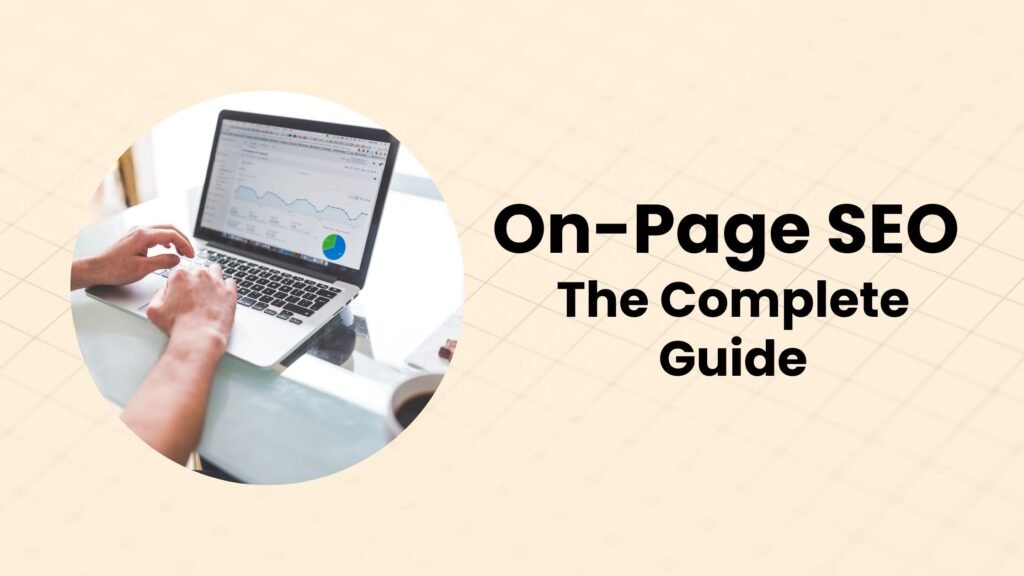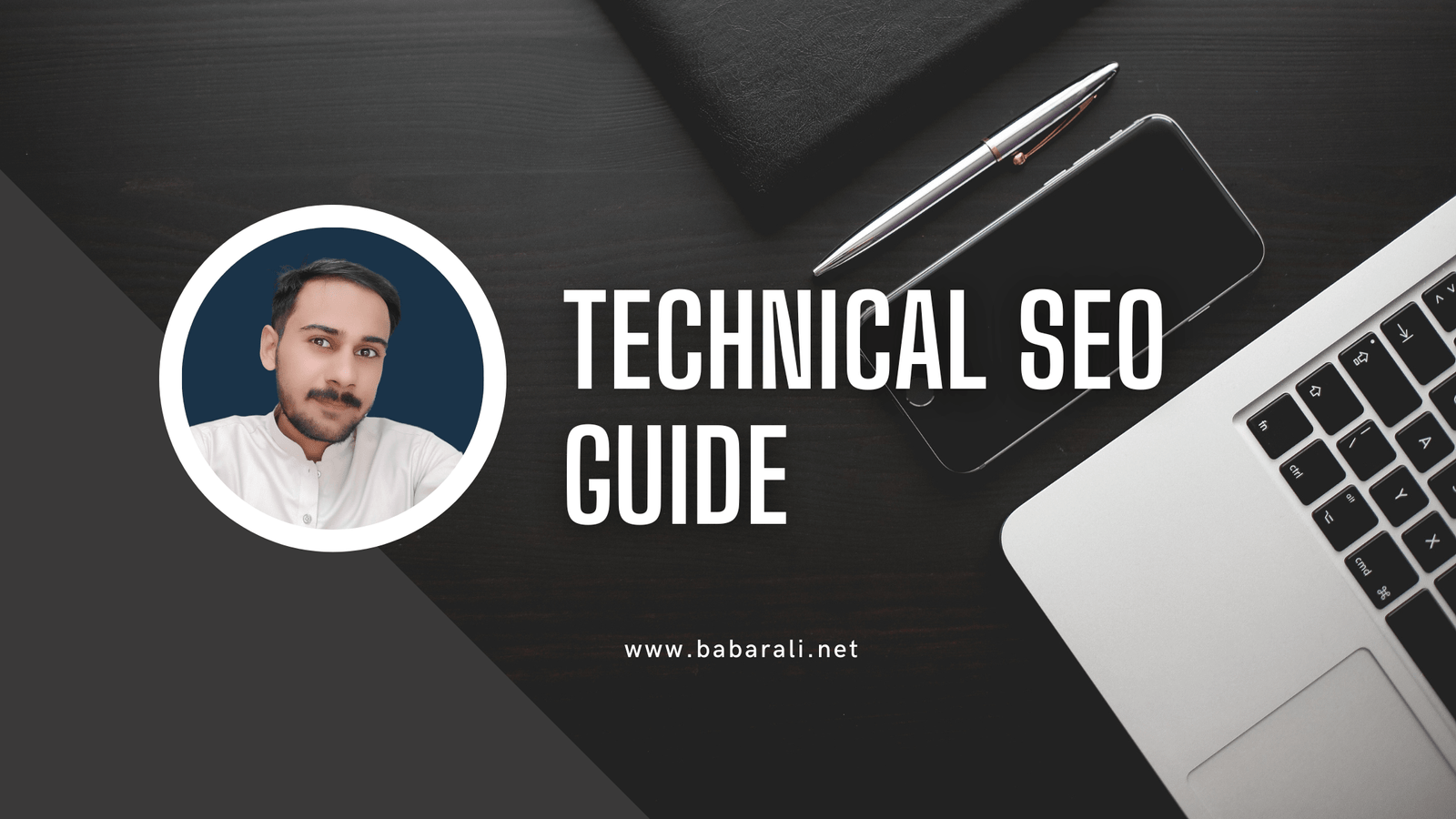On-page SEO is the process of optimizing your website’s content, titles, meta descriptions, and other elements for search engines. It’s one of the most important aspects of SEO, and it can have a big impact on your website’s ranking in search results.

In this guide, we’ll cover everything you need to know about on-page SEO, from keyword research to optimizing your content. We’ll also provide tips on how to track your progress and measure the results of your SEO efforts.
What is on-page SEO?
On-page SEO is the process of optimizing the content of your website for search engines. This includes things like:
- Keywords: Choosing the right keywords to target in your content
- Title tags: Optimizing your title tags for search engines
- Meta descriptions: Writing effective meta descriptions
- Heading tags: Using heading tags to structure your content
- Images: Optimizing your images for search engines
- Internal links: Building internal links to your content
Why is on-page SEO important?
On-page SEO is important because it can help you improve your website’s ranking in search results. The higher your ranking, the more likely people are to find your website when they search for keywords related to your business.
A study by Search Engine Land found that the first organic result on Google gets 31.7% of all clicks, while the second result gets 18.5%, and the third result gets 12.5%. This means that if you can improve your website’s ranking from the 10th position to the 5th position, you could potentially see a 60% increase in traffic.
How do I do on-page SEO?
There are a number of things you can do to improve your website’s on-page SEO. Here are a few tips:
- Choose the right keywords: The first step to on-page SEO is to choose the right keywords to target. You want to choose keywords that are relevant to your business and that people are actually searching for. You can use a keyword research tool like Google Keyword Planner to help you choose the right keywords.
- Optimize your title tags: Your title tag is the most important on-page SEO factor. It’s the title that appears in search results, so it’s important to make sure it’s relevant to your keywords and that it accurately describes your content.
- Write effective meta descriptions: Your meta description is the snippet of text that appears below your title tag in search results. It’s important to write a meta description that is both relevant to your keywords and that entices people to click on your link.
- Use heading tags: Heading tags (H1, H2, H3, etc.) help to structure your content and make it easier for search engines to understand. You should use heading tags to indicate the importance of different sections of your content.
- Optimize your images: Your images should be optimized for both search engines and for users. You should include alt text for all of your images, which is text that describes the image for people who can’t see it. You should also use relevant keywords in your alt text.
- Build internal links: Internal links are links from one page on your website to another page on your website. They help to improve the ranking of both pages in search results. You should build internal links to your most important pages from relevant pages on your website.
How do I track my progress?
There are a number of ways to track your progress with on-page SEO. You can use a tool like Google Analytics to track your website’s traffic and see how your ranking is improving over time. You can also use a tool like SEMrush to track your website’s keyword rankings.
How do I measure the results of my SEO efforts?
The best way to measure the results of your SEO efforts is to track your website’s traffic and keyword rankings. You can use a tool like Google Analytics to track your website’s traffic, and you can use a tool like SEMrush to track your website’s keyword rankings.
You can also use a tool like Ahrefs to track your website’s backlinks. Backlinks are links from other websites to your website, and they can help to improve your website’s ranking in search results.
Conclusion
On-page SEO is an important part of any SEO strategy. By following the tips in this guide, you can improve your website’s ranking in search results and get more traffic.






